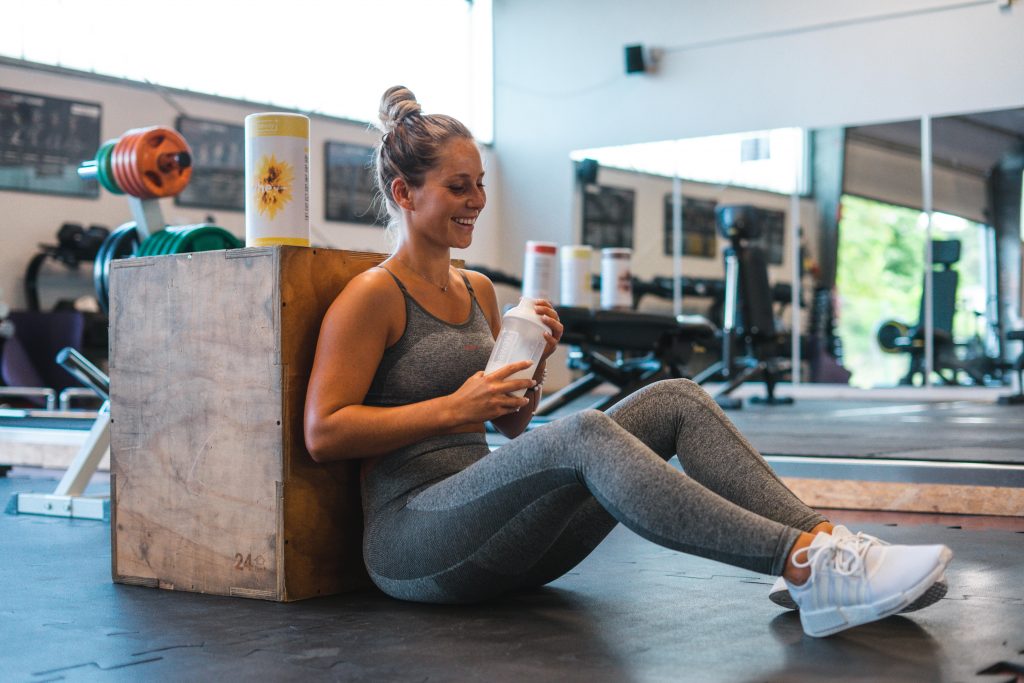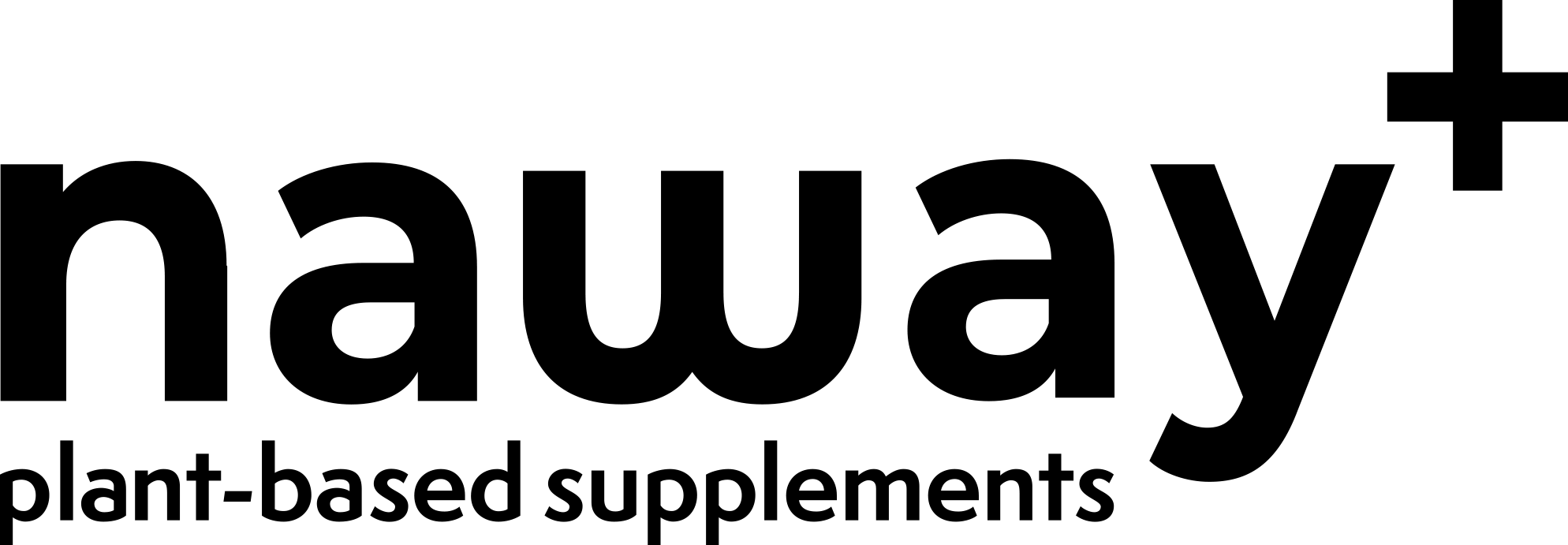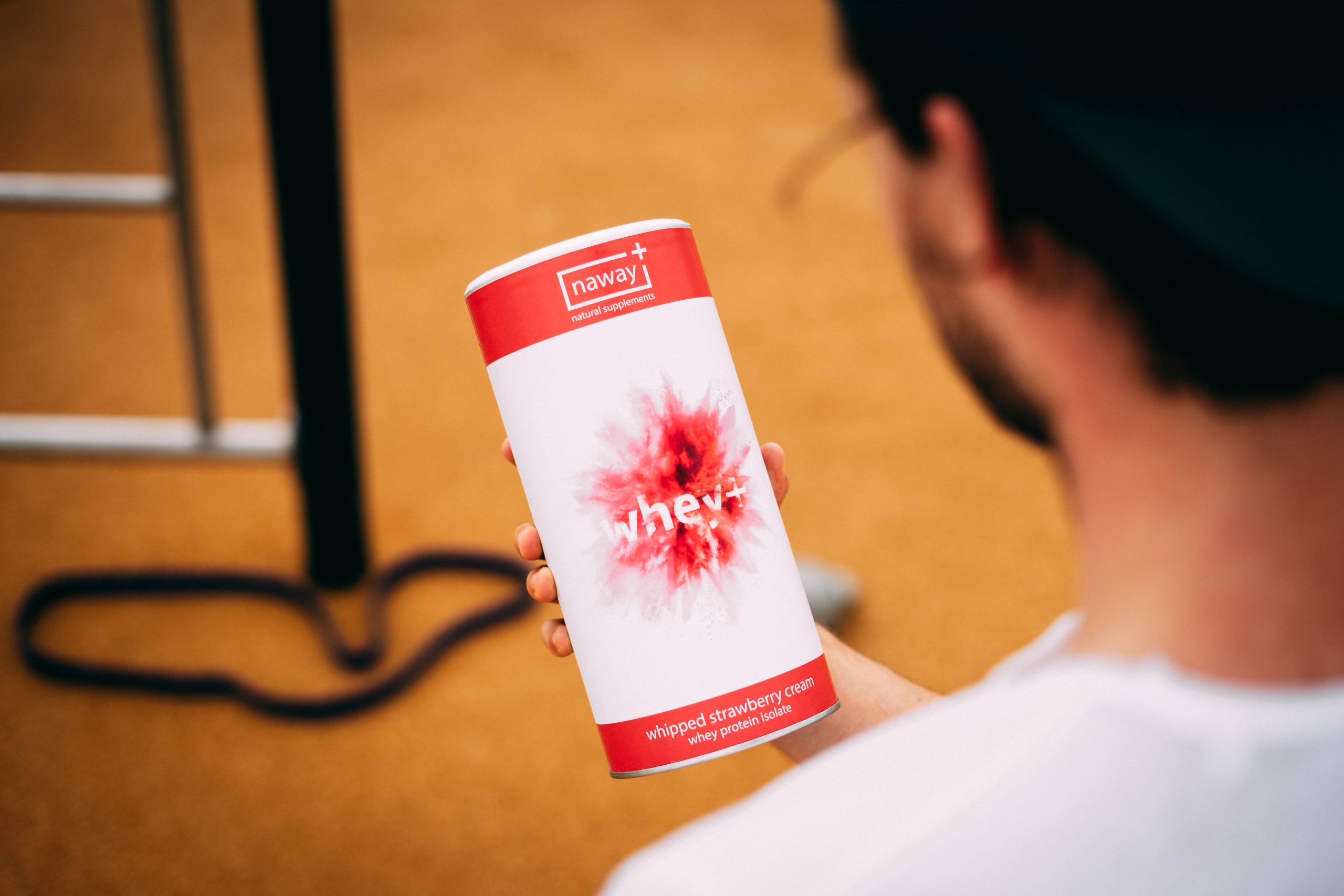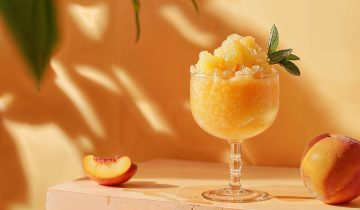So you’ve probably heard about whey protein and muscle building at some point. But what’s the fuss about protein?
Protein is so essential for our bodies, that we need to make sure we get enough. Without protein we wouldn’t be able to build muscle or repair our tissues. Protein also gives us energy, transports nutrients so our bodies can use them, and produces enzymes and hormones we need.
This topic is also available on our Youtube channel:
What is Whey Protein?
Whey is a byproduct of cheese production. It is one of the two types of protein made from dairy, the other being casein.
Whey is especially popular with athletes and bodybuilders because of its amino profile, which is high in leucine. Leucine is an essential amino acid that plays a key role in initiating protein synthesis. Whey is particularly effective when eaten after training, due to its rapid digestion and abundance of leucine.
Simply put, the faster protein is digested and the more leucine it has, the more muscle growth it stimulates. This is why research has proven that whey is a highly effective form of post-workout protein.
So yes, there’s a good reason why most protein supplements sold are whey. But not all whey powders are equal.
The Different Kinds of Whey Protein Powder
Before the protein can be consumed though, it first need to be processed. There are different processing techniques which led to different forms of whey protein.
Whey Concentrate
Whey concentrate is the least processed form and cheapest to manufacture, and it contains some fat and lactose. It can range anywhere between 35 to 80% whey protein by weight.
This percentage means that a scoop of whey concentrate (before any additives) that weighs 20 grams will usually be 16 grams of whey proteins. The other four grams?
Sugars, fats, and maybe some non-whey proteins slipped in there.
These are typically the cheapest to start out with, but they’re also the hardest to digest.
Whey Isolate
Whey isolate is a form of whey protein processed to remove the fat and lactose. Isolates are 90%+ protein by weight, and as they’re more expensive to manufacture than whey concentrate, they’re more expensive for consumers too.
Practically speaking this means that a scoop of whey isolate that weighs 20 grams will have 18 grams of whey protein at minimum. It’s a good starting step if you want a protein supplement and not many other carbohydrates, fats, or non-whey proteins in there.
the major question: is isolate better than concentrate?
It is, at its core, literally just a case of there being more whey protein in the product on a weight basis. But technically this leads to some more benefits of whey isolate over whey concentrate:
- More protein per scoop and almost 0 carbs & fats
- Due to smaller overall size and fewer impurities, whey isolate is absorbed faster from the stomach
- Better mixability
- Another significant benefit of a pure whey isolate is the removal of the lactose, which means better digestibility and less upset stomachs
Whey Hydrolysate
Then there’s Whey hydrolysate, a predigested form of whey protein that’s very easily absorbed by the body and free of allergenic substances found in milk products.
Whey hydrolysate is the most expensive of the three options although studies have shown that it’s no better absorbed than regular whey protein.
bild
The general rule with whey protein is you’ll get what you pay for–if the product costs a lot less than the going rate for whey, it’s probably because it’s made with inferior ingredients. And I can tell you firsthand that producing a high-quality whey protein isn’t cheap!
High prices aren’t always indicative of high-quality, either. Disreputable supplement companies pull other tricks, such as starting with a low-quality concentrate, adding small amounts of isolate and hydrolysate to create a “blend,” and then calling attention to the isolate and hydrolysate in their marketing and packaging.
To protect yourself as a consumer, always check ingredient lists and serving sizes and amounts of protein per serving before buying protein powder. *Ingredients weisen am slow-mow*
Specifically, you’re going to want to look at the order in which the ingredients are listed (ingredients are listed in descending order according to predominance by weight), and the amount of protein per scoop relative to the scoop size. For example If a scoop is 40 grams but there is only 22 grams of protein per serving, don’t buy it unless you know that the other 18 grams are made up of stuff you want.
What Makes the Best Whey Protein Powder?

Naturally many companies have made their own protein powders and tried to vault their products into the “latest and greatest” status using various buzzwords and processing techniques. But does any of it matter? What is proven and what is nothing more than a nonsensical buzzword?
For as long as there is a market, there will be marketing claims, and in a free market some people are free to make as many stupid claims as they want.
So what makes the best whey protein?
- The protein powder that comes from grass-fed cows.
- The protein powder that doesn’t upset your stomach.
- The protein powder that is free from artificial flavourings, sweeteners, fillers or preservatives.
- The protein powder that’s cheap enough that you can afford to consume it every day.
- The protein powder that’s tasty enough that you want to consume it every day.
Our whey protein powder whey+ is a 100% naturally sweetened and flavoured whey isolate protein powder made from exceptionally high-quality milk from dairy farms in Ireland. We insist on only using natural ingredients in our formulations.
Above all else, vote with your stomach. Start with concentrate or isolate, lean towards the former if you want to save money or towards the latter if your stomach is not made of iron or you are lactose intolerant like 70% of the population.
Personally, I love incorporating whey protein into my diet. It’s a quick way to sneak in some protein when I’m running out the door. Adding whey protein to your morning low carb pancakes, yogurt, or afternoon smoothie is a great way to snack on protein instead of fats, carbs, or sugary sweets.




 No products in the cart.
No products in the cart.